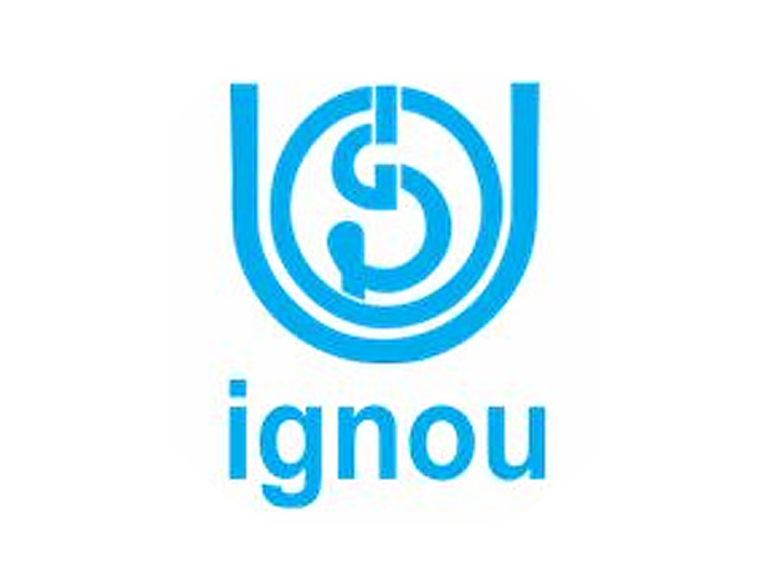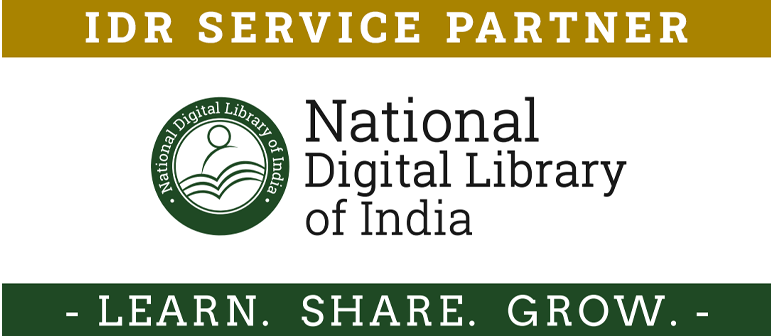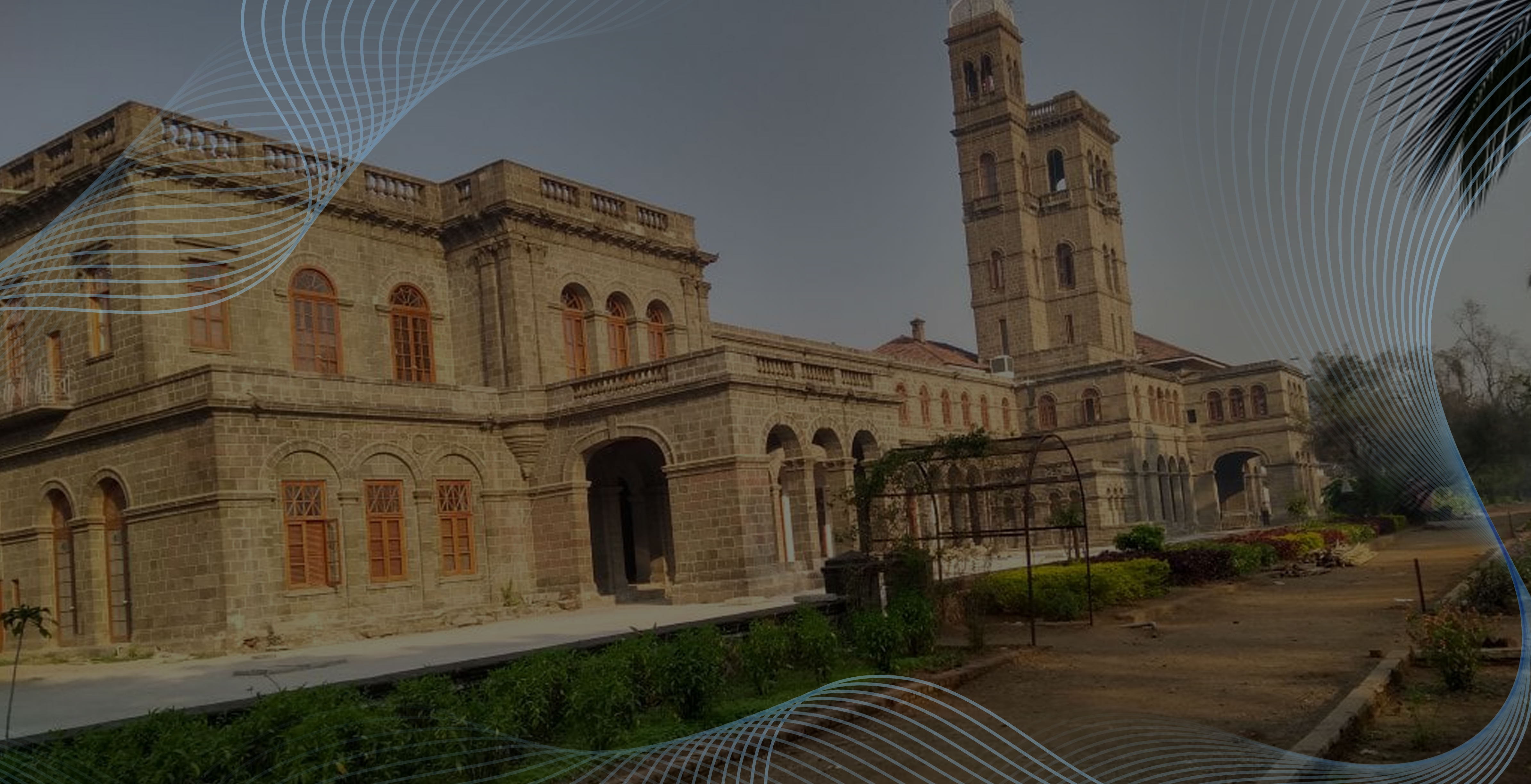
Indira Gandhi National Open University
Institutional Digital Repository
Powered by National Digital Library of India (NDLI)


Communities in DSpace
Select a community to browse its collections.
- Ignou Maidan Garhi
Recent Submissions
Defect Prediction Framework Using Neural Networks for Software Enhancement Projects
(SCIENCEDOMAIN international Ltd.) Vashisht, Vipul; Lal, Manohar; G.S, Sureshchandar
So far, various approaches have been proposed for effective and accurate prediction of software defects,
yet most of these approaches have limited adoption in practice. The objective of this paper is to provide a
framework which is expected to be more user-friendly, effective and acceptable for predicting the defects
in multiple phases across software enhancement projects. This communication describes a process of
applying computational intelligence technologies, in particular neural networks in formulating defect
prediction models early in the software development life cycle. A series of empirical experiments are
carried out based on input and output measures extracted from 50 'real world' project subsystems. In order
to increase the adoption and make the prediction framework easily accessible to project managers, a
graphical user interface (GUI) based tool has been designed and implemented that allows input data to be
fed easily.
The proposed framework uses historical data for training model and as a result provides a defect range
(minimum, maximum) based output instead of a definite defect count based output. This is done in view
of the fact that exact-count prediction has less probability of being correct as compared to range based
predictions. The defect predictions can be used for taking informed decisions including prioritizing
software testing efforts, planning additional round of code reviews, allocating human and computerresources, planning for risk mitigation strategy and other corrective actions. The claim of effectiveness of
proposed framework is established through results of a comparative study, involving the proposed
framework and some well-known models for software defect prediction.
Estimation of Optimum Dilution in the GMAW Process Using Integrated ANN-GA
(Hindawi Ltd., Adam House) P, Sreeraj; Kannan, T; Maji, Subhashis
To improve the corrosion resistant properties of carbon steel, usually cladding process is used. It is a process of depositing a thick layer of corrosion resistant material over carbon steel plate. Most of the engineering applications require high strength and corrosion resistant materials for long-term reliability and performance. By cladding these properties can be achieved with minimum cost. The main problem faced on cladding is the selection of optimum combinations of process parameters for achieving quality clad and hence good clad bead geometry. This paper highlights an experimental study to optimize various input process parameters (welding current, welding speed, gun angle, and contact tip to work distance and pinch) to get optimum dilution in stainless steel cladding of low carbon structural steel plates using gas metal arc welding (GMAW). Experiments were conducted based on central composite rotatable design with full replication technique, and mathematical models were developed using multiple regression method. The developed models have been checked for adequacy and significance. In this study, artificial neural network (ANN) and genetic algorithm (GA) techniques were integrated and labeled as integrated ANN-GA to estimate optimal process parameters in GMAW to get optimum dilution.
Modulation of Vasodilator Response via the Nitric Oxide Pathway after Acute Methyl Mercury Chloride Exposure in Rats
(Hindawi Ltd., Adam House) Omanwar, S; B, Saidullah; K, Ravi; M, Fahim
Mercury exposure induces endothelial dysfunction leading to loss of endothelium-dependent vasorelaxation due to decreased nitric oxide (NO) bioavailability via increased oxidative stress. Our aim was to investigate whether acute treatment with methyl mercury chloride changes the endothelium-dependent vasodilator response and to explore the possible mechanisms behind the observed effects. Wistar rats were treated with methyl mercury chloride (5 mg/kg, po.). The methyl mercury chloride treatment resulted in an increased aortic vasorelaxant response to acetylcholine (ACh). In methyl-mercury-chloride-exposed rats, the % change in vasorelaxant response of ACh in presence of Nω-Nitro-L-arginine methyl ester hydrochloride (L-NAME; M) was significantly increased, and in presence of glybenclamide ( M), the response was similar to that of untreated rats, indicating the involvement of NO and not of endothelium-derived hyperpolarizing factor (EDHF). In addition, superoxide dismutase (SOD) + catalase treatment increased the NO modulation of vasodilator response in methyl-mercury-chloride-exposed rats. Our results demonstrate an increase in the vascular reactivity to ACh in aorta of rats acutely exposed to methyl mercury chloride. Methyl mercury chloride induces nitric oxide synthase (NOS) and increases the NO production along with inducing oxidative stress without affecting the EDHF pathway.
Continuing professional development of dentists through distant learning: An Indira Gandhi National Open University-Dental Council of India experiment a report
(Wolters Kluwer - Medknow Publications Wolters Kluwer India Pvt. Ltd.) Kuba, Ruchika; Kohli, Anil
To keep themselves updated with all the advancements in the field of dentistry, dentists
should involve themselves in some kind of professional development. Distance learning is
the most appropriate way to serve the growing demand due to technological advancements.
Indira Gandhi National Open University in collaboration with Dental Council of India (DCI)
developed and launched two continuing professional development programs in Endodontics
(postgraduate certificate in endodontics) and postgraduate certificate in oral implantology and
has trained over 400 and 280 BDS dentists respectively till date. The program package consists of
self‑instructional material, assignments, videos and practical training. The training is conducted
in premiere dental colleges and institutions recognized by DCI. The certificate is awarded after a
term end examination, both in theory and practical. The pass percentages of the theory courses
ranged from around 63% to 98%, and 90% of the candidates cleared the practical exam.
Adiposity Measures and Menstrual Cycle: Do We Envisage a Relation?
Sinha, Rashmi; Kapoor, Anup Kumar; Kapoor, Satwanti
The study aims to see the relationship between menstrual cycle and adiposity measures in Indian populations as menstrual cycle length has an important bearing on fertility and health of women. 415 premenopausal women in the ages 22–50 years residing in Delhi, India constituted the data. The adiposity was assessed by BMI as well as by using Bio-electric impedance method. The information regarding their physical activity pattern and menstrual cycle was recorded, and age at menarche was obtained through recall method. None of the underweight category women had menstrual cycle of less than 25 days. A decrease in body mass index and an increase in the age at menarche were found with the increase in the duration of menstrual cycle. The majority of women with 25–35 days duration of menstrual cycle in the present study were distributed in all the categories of BMI. Age was found to have no effect on longer cycle. The majority of women were in moderately physically active group and experienced menstrual cycle duration of 25–35 days. It is of utmost importance to identify the effects of moderate levels of physical activity, body mass index, and age at menarche on the menstrual cycle to enable the normal reproductive health of women.